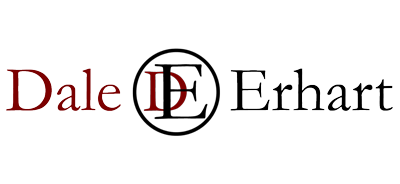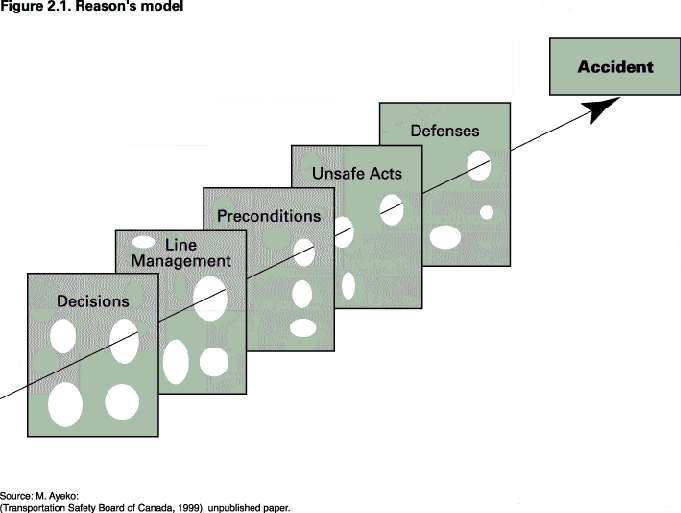Advantages of Building Your Distant Goal
Have you found yourself engaging in a scattered approach and find difficulty in maintaining; or even establishing a clearly focused goal? Like a poorly polished telescope lens, the light is refracted and it is awkward to see a distant goal. So we set closer more practical goals.
Yet, is that what we want?
Is it enough to simply limit our goals to the near and accessible because we can’t visualize a distant goal?
Let’s peek over the telescope for a minute and use the spotting scope on top instead. What if we were to build an audacious goal that would embarrass our very soul to reveal? There is an expression, if you could not fail, then what dreams would become your goals. Make it big and bold – nothing is unrealistic. Then – give yourself a fair and reasonable time to achieve it.
Remember, we always overestimate what we can accomplish in a short period and drastically – repeat, drastically underestimate what we can accomplish in a long period. That is because we don’t have the knowledge, gifts and skills to do it today.
When you set that distant goal, it does several things.
- It buys you valuable time. Yes it is time to fail or procrastinate or lose focus again. But it also buys you the opportunity to use this precious ticking commodity to prepare and set shorter goals and objectives that align with our long term focal point.
- When this focal point is far enough ahead, it also provides you more lateral maneuvering room to explore your passions and gifts that you create along your journey. Each time you make a choice, you can measure it against the criteria – does this activity assist my experience, pleasure and fufillment in my journey to my long term objective.
- It sets the trail for many other shorter goals that you can setup along the way. And as a child crawls before he walks and runs; ensure that first tasks are EASY. We need encouragement, and reinforcement. We will have doubts and failures, so we need to meet simple objectives then feel the gratification of meeting them. This will build mental muscle memory (read habits) that will slowly empower you to progress with greater ease and finesse.
- It is easier to complete smaller goals if you have your aim focused on a greater more distant goal. The first goal is simply a step on your journey. It will seem less daunting and have greater purpose in its importance when you tie it directly to the objective of your higher path.
This overarching goal will provide you the guidance to align your actions and provide you with the direction to measure all of your smaller goals against. But we need to keep the focus clear. And it is so far away. How do we do that?
How do we polish that telescope lens?
When you pick out that ‘dare to dream’ audacious incredible goal, you may wish to stay tuned for our 2015 blog when I describe 3 things to bring your distant goal into brilliant focus.
For now, I wish you all a very prosperous and fulfilling New Year.










